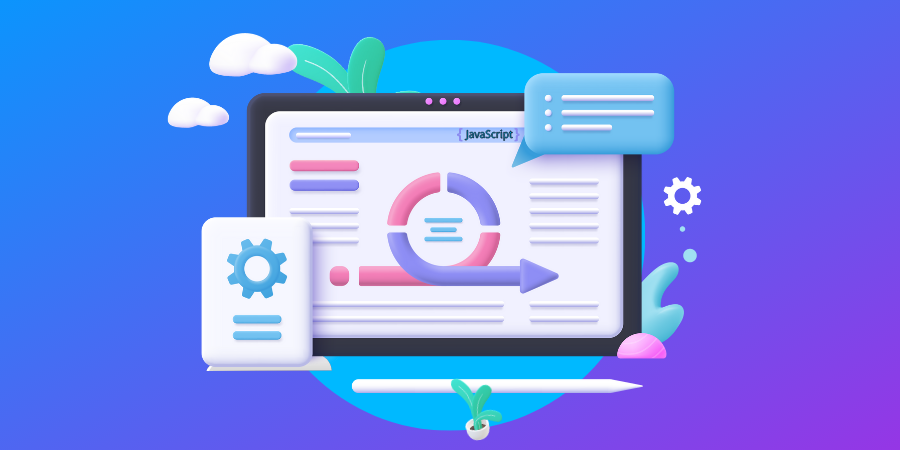Introduction
SEO is essential for improving website visibility, but manual SEO tasks can be time-consuming and repetitive. This is where Technical SEO With Python comes in. Python is a powerful programming language that allows SEO professionals to automate various tasks, analyze website data, and enhance search rankings efficiently.
In this guide, we will explore how to use Technical SEO With Python to streamline SEO efforts, from crawling websites and analyzing log files to detecting broken links and optimizing page speed. Whether you’re an SEO expert or a beginner, learning Python can significantly improve your SEO workflow.
Why Python Is Ideal for Technical SEO?
Python is widely used in SEO for its simplicity, efficiency, and ability to handle large datasets. Here are a few key reasons why Python is a great tool for technical SEO:
Automation of SEO Tasks – Python can automate repetitive tasks like data extraction, log file analysis, and website auditing.
Efficient Website Crawling – Python can crawl websites and collect valuable data, such as metadata, broken links, and page load speeds.
Integration With APIs – Python easily integrates with Google Search Console, PageSpeed Insights, and other SEO tools for real-time insights.
Data Analysis & Visualization – Python’s powerful libraries allow for deep analysis of SEO performance, traffic trends, and search behavior.
By using Technical SEO With Python, SEO experts can save time, reduce manual errors, and enhance website performance more effectively.
Setting Up Python for SEO
Before we start using Python for SEO, we need to install some essential tools and libraries.
Step 1: Install Python
First, download and install Python from the official Python website. Make sure to add Python to your system’s PATH during installation.
Step 2: Install Necessary Python Libraries
Python has several libraries that help with SEO automation. Install them using pip, Python’s package manager.
pip install requests beautifulsoup4 pandas numpy scrapy selenium
- Requests – Helps in fetching data from websites.
- BeautifulSoup – Extracts specific elements (e.g., meta tags, links) from HTML.
- Pandas – Helps in analyzing large SEO datasets.
- Scrapy & Selenium – Used for website crawling and scraping.
Once installed, you are ready to start using Python for SEO.
Crawling Websites for SEO Analysis
Website crawling is essential for identifying technical SEO issues, such as missing metadata, duplicate content, and broken links. Python makes crawling easy with tools like Scrapy and BeautifulSoup.
Using Scrapy for Website Crawling
Scrapy is a powerful web crawling framework that can extract data from multiple pages. Here’s a basic example:
import scrapy
class SEOCrawler(scrapy.Spider):
name = "seo_crawler"
start_urls = ['https://example.com']
def parse(self, response):
yield {'title': response.css('title::text').get()}
This script crawls a website and extracts its title tag, which is important for SEO.
Using Requests & BeautifulSoup for Small Crawls
For quick SEO audits, you can use Requests and BeautifulSoup:
import requests
from bs4 import BeautifulSoup
url = "https://example.com"
response = requests.get(url)
soup = BeautifulSoup(response.text, "html.parser")
print("Page Title:", soup.title.text)
This script fetches a webpage and extracts the title tag, helping you check if the title is optimized for SEO.
Analyzing Log Files for SEO Insights
Log files store data about website visits, including search engine bot activity. Analyzing log files helps you:
- Identify which pages Googlebot frequently crawls.
- Detect crawl errors and slow-loading pages.
- Understand how often search engines visit your site.
Using Pandas to Analyze Log Files
import pandas as pd
log_data = pd.read_csv("server_logs.csv")
googlebot_hits = log_data[log_data['User-Agent'].str.contains("Googlebot")]
print(googlebot_hits.head())
This script extracts Googlebot visits from a log file, helping you understand which pages are getting crawled.
Detecting Broken Links With Python
Broken links negatively impact SEO and user experience. Python can automatically check for broken links on your website.
import requests
urls = ["https://example.com/page1", "https://example.com/page2"]
for url in urls:
response = requests.get(url)
if response.status_code != 200:
print(f"Broken link found: {url}")
This script flags any broken links on your website so you can fix them and maintain a good user experience.
Extracting URLs From XML Sitemaps
Sitemaps help search engines discover and index your website’s pages. Python can be used to analyze sitemaps for errors.
import xml.etree.ElementTree as ET
sitemap_url = "https://example.com/sitemap.xml"
response = requests.get(sitemap_url)
root = ET.fromstring(response.content)
for url in root.findall(".//{http://www.sitemaps.org/schemas/sitemap/0.9}loc"):
print(url.text)
This script extracts all URLs from an XML sitemap, ensuring your website structure is search-engine friendly.
Using Python With Google Search Console API
Google Search Console provides valuable insights into SEO performance. Python can extract this data for analysis.
from googleapiclient.discovery import build
service = build('searchconsole', 'v1', developerKey='YOUR_API_KEY')
request = service.searchanalytics().query(
siteUrl='https://example.com',
body={'startDate': '2024-01-01', 'endDate': '2024-02-01', 'dimensions': ['query']}
)
response = request.execute()
for row in response.get('rows', []):
print(f"Query: {row['keys'][0]}, Clicks: {row['clicks']}")
This script retrieves the top search queries for your website, helping you improve SEO strategy.
Optimizing Page Speed With Python
Page speed is a ranking factor. Python can fetch performance insights from Google’s PageSpeed API.
import requests
api_key = "YOUR_API_KEY"
url = f"https://www.googleapis.com/pagespeedonline/v5/runPagespeed?url=https://example.com&key={api_key}"
response = requests.get(url)
data = response.json()
print("Performance Score:", data["lighthouseResult"]["categories"]["performance"]["score"])
This helps track your site’s speed and improve load times for better rankings.
FAQs
How does Python improve SEO efficiency?
Python enhances SEO efficiency by automating repetitive tasks, allowing professionals to focus on strategy and analysis. Its powerful libraries streamline data extraction, website crawling, and performance monitoring, leading to improved search rankings and visibility.
What are the key Python libraries for SEO?
Essential Python libraries for SEO include Requests for data fetching, BeautifulSoup for HTML parsing, Scrapy for web crawling, and Pandas for data analysis. These tools collectively enhance the SEO workflow and automate various processes.
Can Python help with broken link detection?
Yes, Python can automatically detect broken links on websites. By sending requests to URLs and checking response codes, Python scripts can identify any broken links, allowing webmasters to fix them promptly and improve user experience.
How can Python analyze log files for SEO?
Python can analyze log files by reading data with libraries like Pandas. This helps identify which pages are frequently crawled by search engines, detect crawl errors, and understand user behavior, enabling better SEO strategies.
Is Python suitable for beginners in SEO?
Absolutely! Python is beginner-friendly due to its simple syntax and extensive documentation. Learning Python for SEO can significantly enhance a novice's ability to automate tasks and analyze data, making it a valuable skill in the industry.
Conclusion
Technical SEO With Python offers a powerful way to automate SEO tasks, analyze large data sets, and optimize website performance. With Python, you can:
- Crawl websites to find SEO issues.
- Analyze log files to track search engine behavior.
- Detect broken links and improve site structure.
- Extract sitemap data to ensure proper indexing.
- Integrate with Google Search Console and PageSpeed Insights.
Technical SEO With Python: By leveraging Python for technical SEO, Web Dev Experts and SEO professionals can save time, boost rankings, and enhance website performance effectively.








